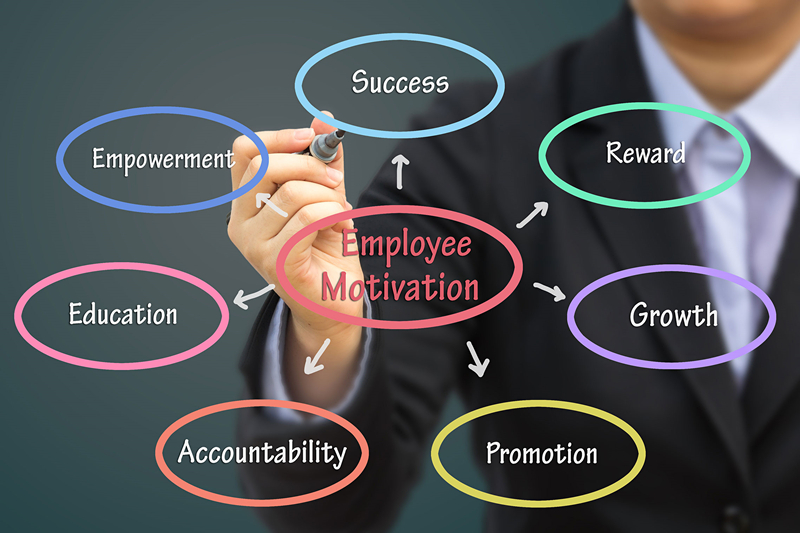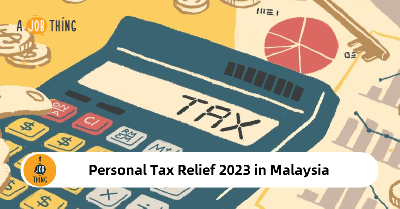
6 Ways to Measure Training Effectiveness
Create Job Description Using AI
Write appealing job descriptions for any job opening to attract the most qualifield and suitable candidates. FOR FREE.
try now

The ultimate goal of employee training is to increase productivity, which in turn is envisaged to help the company’s overall performance.
A well-trained employee, be it in soft skills or hard skills can be more productive and help achieve an organization’s goals. Immediate results may not be evident, but eventually, the progress of the company can be measured. Other factors for employee training include equipping them with the knowledge of current applicable laws that they will need to adhere to keep the long arm of the law at arms-length.
In Malaysia, it is fortunate that we have the Human Resources Development Council under the HR Ministry, which collects training funds called HRDF (Human Resources Development Fund) from companies in order to utilize it for employee’s training needs. This is a mandatory fund to ensure that the Malaysian workforce is continuously trained for the growth of the companies which will eventually benefit the country as a whole. HRDF’s vision is to achieve 35% of the skilled workforce this year.

Many companies have since been actively sending their employees for various types of training in order to upgrade their employee’s skills but, more so to recoup the money from the fund. As such, some companies fail or lack the drive or skills to measure training effectiveness. It is sometimes regarded as an employee benefit and/or reward. Most training is held at posh hotels with lavish spread served during brunch, lunch, and tea times. Some participants merely go there to eat, enjoy the hotel’s ambiance, and maybe do a little networking, but no so much to gain knowledge or skills. Why? Because the company or HR department rarely measures training effectiveness.
So for you, who is reading this, you can measure the training effectiveness. Here are 6 ways you can do it.
1 Obtain a visual confirmation from the employee. Request employees to upload a video, audio, or images as proof of the task completed, which harnessed the learning from the training program.
For example, they can videotape or do a voice recording of the following:
a) Handling a customer complaint
b) Making a sales pitch
c) Conducting an interview
2 Gather Data via employee feedback, supervisor feedback, supervisor’s report, surveys, employee interview, self-assessment questionnaire, and customer feedback. Valuable data can be obtained via one or more of these options to gauge the improvement in performance and productivity.
3 Knowledge Transfer. Get the employee to do a short 30 minutes or 1-hour training to the rest of the colleagues in the department or division. Request them to summarize the gist of the training they attended to be imparted to their colleagues. This will give you an idea of what knowledge has been acquired and also benefit the other colleagues who attend this short training.
4 Give Assignments. Give assignments to the employees to gauge the effectiveness of the training. It can be done in a number of ways as follows according to their job level and responsibilities :
a) Submit a 2-3 page written report on knowledge and skills acquired
b) Ask them to take the lead on a project
c) Request them to chair an upcoming department meeting
5 Evaluate Behavior. Evaluate their behaviors during their day to day work. Data can be gathered from employee engagement activities, turnover rates and percentage of promotions, Carry out the skills, knowledge, and behavior comparisons of employees who were sent for training and those who were not trained.
6 Audit. Audit to check if there are fewer errors in the workplace, an increase in productivity, and an increase in customer satisfaction ratings. All of these are valuable measurements.
It is critical to have measurements of training effectiveness in place whenever you provide training so that time and money spent are not wasted. Regardless of the methodology you use, ensure that you always, always measure the training efforts.

About Writer (Carol Anthony)
As a HR Consultant, Coach and Trainer, I provide consultancy services, coaching and soft skills training (focusing on HR matters) to corporate customers.
I have worked in various organizations holding various HR roles for over 25 years. My last position was as a HR Manager for a MNC. In my role, I have hired, coached, motivated and mentored new hires and existing employees in sales, marketing, customer services, compliance, and finance.
I was a member of SHRM (Society for Human Resource Management) and Panel Member (Employer) of the Industrial Court of Malaysia.
Academically, I have
- MBA in Entrepreneurship from University of Wales TSD, UK
- Bachelor of Business in BA from RMIT, Australia
- Certificate IV in Training & Assessment, Australia
- Train the Trainer Certificate from HRDF
- Competent Communicator Certificate from Toastmasters Club
- NLP Practitioner Certificate from Neuro-Semantics Institute, USA
Through my experience in working in various industries, I bring a wealth of experience and share real-life important scenarios in the training programs that I deliver. These scenarios enable the participants to visualize the problems/issues and come up with solutions after which I share the best practices.





